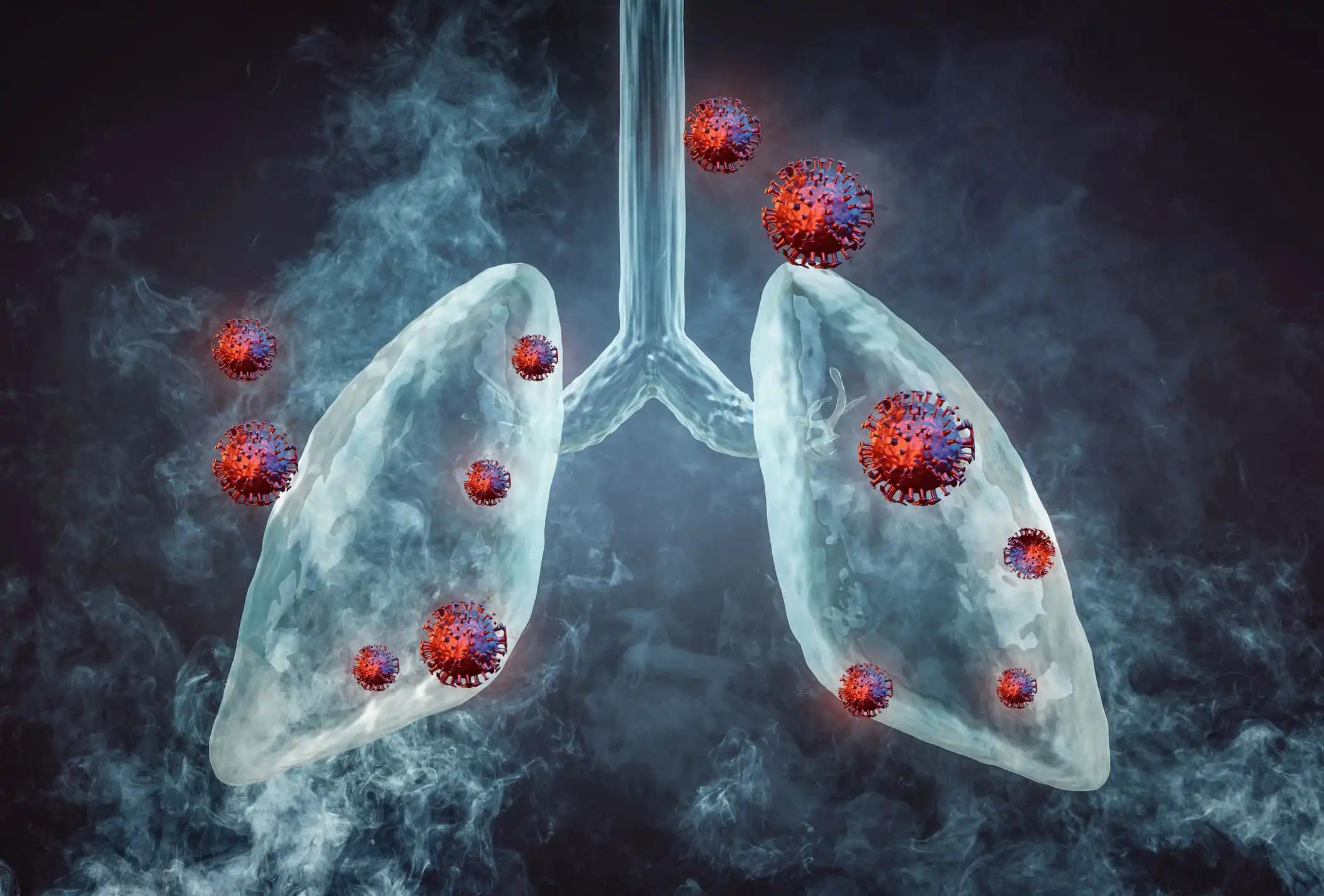KEY TAKEAWAYS
- The phase 3 aimed to report the final analysis from PACIFIC-6.
- The Primary endpoint was to assess grade 3/4 AEs in 6 months. The secondary endpoints are OS and PFS.
- Durva post-sCRT exhibits safety & efficacy for frailer pts.
In the placebo-controlled PACIFIC trial’s phase 3, the use of durvalumab following concurrent chemoradiotherapy (cCRT) demonstrated a significant improvement in survival for patients (pts.) with unresectable Stage III non-small cell lung cancer (NSCLC), with manageable safety outcomes. However, many pts were unsuitable for cCRT, so M.C. Garassino, with her researchers, aimed to present the final analysis of the PACIFIC-6 trial that assessed the safety and efficacy of durvalumab following sequential chemoradiotherapy (sCRT).
In the Interventional study, pts with unresectable Stage III NSCLC, ECOG performance status (PS) ≤2, and no progression post-platinum-based sCRT were given durvalumab (1500 mg IV) every 4 weeks for up to 24 months or until progression, unacceptable toxicity, or consent withdrawal. The primary endpoint, previously reported, was the incidence of grade 3/4 possibly related adverse events (PRAEs) within 6 months. Secondary endpoints analysed using the Kaplan–Meier method included OS and PFS.
Around 117 patients were enrolled, with the majority having status PS 1/2 (59.8%; PS 1, n=67; PS 2, n=3). About 65.8% were aged ≥65 years (age range: 39–85 years), and (63.2%) had stage IIIB/IIIC NSCLC. Almost all had past or present comorbidities (98.3%), mostly vascular (59.0%), respiratory (53.0%), and metabolic (51.3%) disorders.
The median treatment duration was 41.0 weeks (range: 4–108). Overall, 4.3% (95% CI: 1.4–9.7) of patients experienced grade 3/4 possibly related adverse events (PRAEs) within 6 months, and 6.0% had grade 3/4 PRAEs throughout the study (with one resulting in death). Pneumonitis was the most common PRAE of any grade (17.1%) and grade 3/4 (1.7%). About 27.4% of patients discontinued durvalumab due to adverse events of any cause. The median follow-up duration for patients censored for overall survival (OS) was 32.6 months (range: 4.4–45.7). Median OS was 39.0 months (95% CI: 30.6–not calculable), the 3-year OS rate was 56.5% (95% CI: 46.4–65.5), and median progression-free survival (PFS) was 13.1 months (95% CI: 7.4–19.9).
The result concluded that the safety profile of durvalumab following sCRT remained comparable to that observed with durvalumab after cCRT in the PACIFIC trial. It exhibited promising efficacy in a more vulnerable patient population, endorsing the adoption of this approach for individuals deemed unsuitable for cCRT. This study was sponsored by AstraZeneca.
Clinical Trial: https://clinicaltrials.gov/study/NCT03693300
Garassino MC, Mazieres J, Reck M., et al.(2023) “LBA61 – Durvalumab (durva) after sequential chemoradiotherapy (CRT) in patients (pts) with unresectable stage III NSCLC: Final analysis from PACIFIC-6” Presented at ESMO Congress 2023 (Abstract LBA61)



